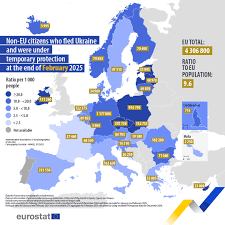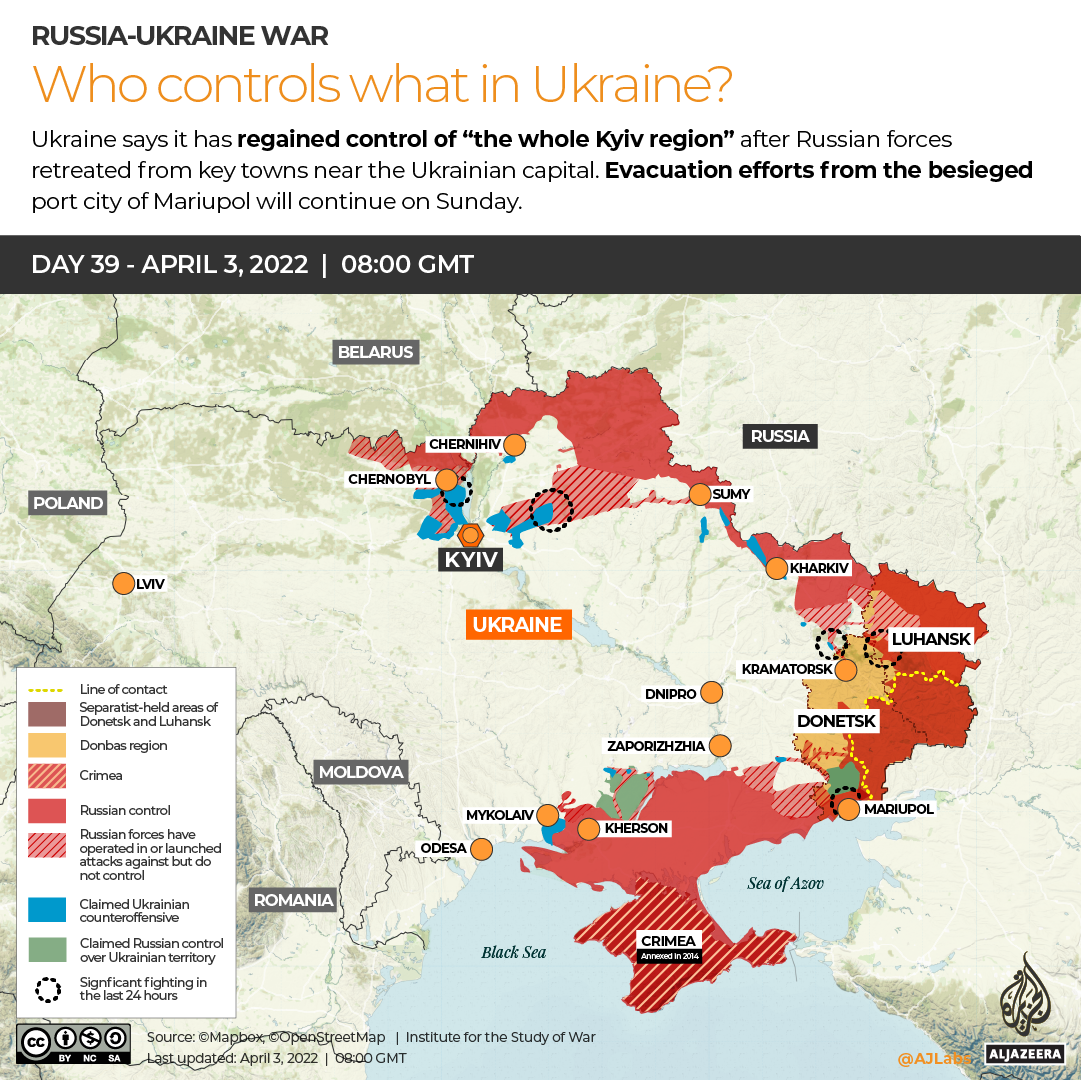Introduction
As the conflict in Ukraine enters a crucial phase, eyes are turning to what the landscape may look like in 2025. With significant geopolitical tensions and social changes, understanding Ukraine’s trajectory is essential not just for its citizens but for global observers as well. The path Ukraine takes in the coming years will significantly impact security in Europe, economic alliances, and humanitarian efforts.
Current Context
The ongoing war, which began in February 2022, has altered international relations and economic frameworks. With military support from Western countries, Ukraine continues to resist Russian aggression, leading to a profound transformation of its military and governance. The Ukrainian government is also working on vital reforms aimed at reducing corruption and strengthening democratic institutions, essential for future European Union membership.
Economic Recovery Plans
As Ukraine looks towards 2025, economic stability is a major focus. The European Union has pledged support through financial aid packages and investment initiatives to help rebuild the war-torn economy. Additionally, the introduction of reconstruction plans emphasizes infrastructure rebuilding, job creation, and fostering business development. As per estimates, international organizations project a return to pre-war economic levels could require up to $500 billion USD. Capturing foreign direct investment will be crucial in achieving these ambitious goals.
Social Dynamics
Beyond economic challenges, society itself is undergoing a transformation. With large numbers of displaced people, including millions of refugees, the social fabric of the country is in flux. By 2025, the integration of these populations into the workforce and local communities will be a pressing challenge. Education, mental health, and retraining programs will be vital in ensuring social cohesion and rebuilding a resilient society.
International Relations and Strategy
By 2025, Ukraine’s strategic importance in international relations may necessitate new alliances and partnerships. As it aims for EU and NATO membership, discussions surrounding military support and economic ties will be central to its diplomacy. Russia’s evolving stance and relations with other global powers like China and the US will also delineate Ukraine’s foreign policy choices.
Conclusion
As we look ahead to 2025, Ukraine finds itself at a crossroads. While the ongoing conflict presents numerous obstacles, it also offers opportunities for reform and growth. The stages it undergoes in the short-to-medium term will set the tone for its future as a nation. For readers and stakeholders, understanding these dynamics not only sheds light on the regional landscape but also signifies the ongoing narrative of resilience in the face of adversity and a nation’s quest for sovereignty and stability.


